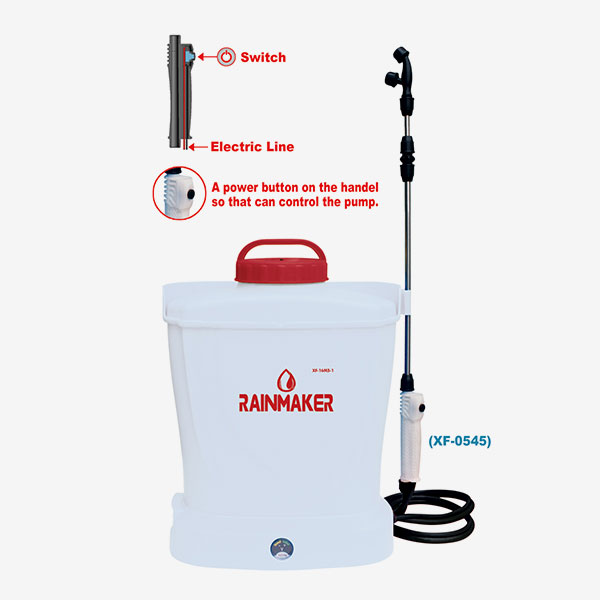Electric sprayers are inexpensive tools for spraying pesticides. Greenhouses, small vegetable fields, small orchards, and plantations are examples of areas that often require the use of pesticides to protect them from weeds, insects, and disease. Effective pest control depends on applying the right amount of pesticides. The conditions inside the greenhouse are different from those in the open field.
Conventional sprayers, such as self-propelled or tractor-mounted boom sprayers, are not suitable for greenhouse conditions. The electric sprayer can be operated as a vertical and horizontal boom sprayer, and the settling value of the horizontal boom group is higher than that of the vertical boom group. In addition, an increase in operating pressure tends to increase the deposition value of developed solar sprayers.
In an electric sprayer, the pump provides the energy to deliver the spray material to the target. Water is the carrier and the pump produces 40-1000 psi of pressure. Spray material is usually used as "wet" or "drip". A nozzle on a boom or hand-held spray gun breaks the spray into small droplets and directs them to the foliage.










